The Impact of Web3 Decentralization on Society and the Global Economy
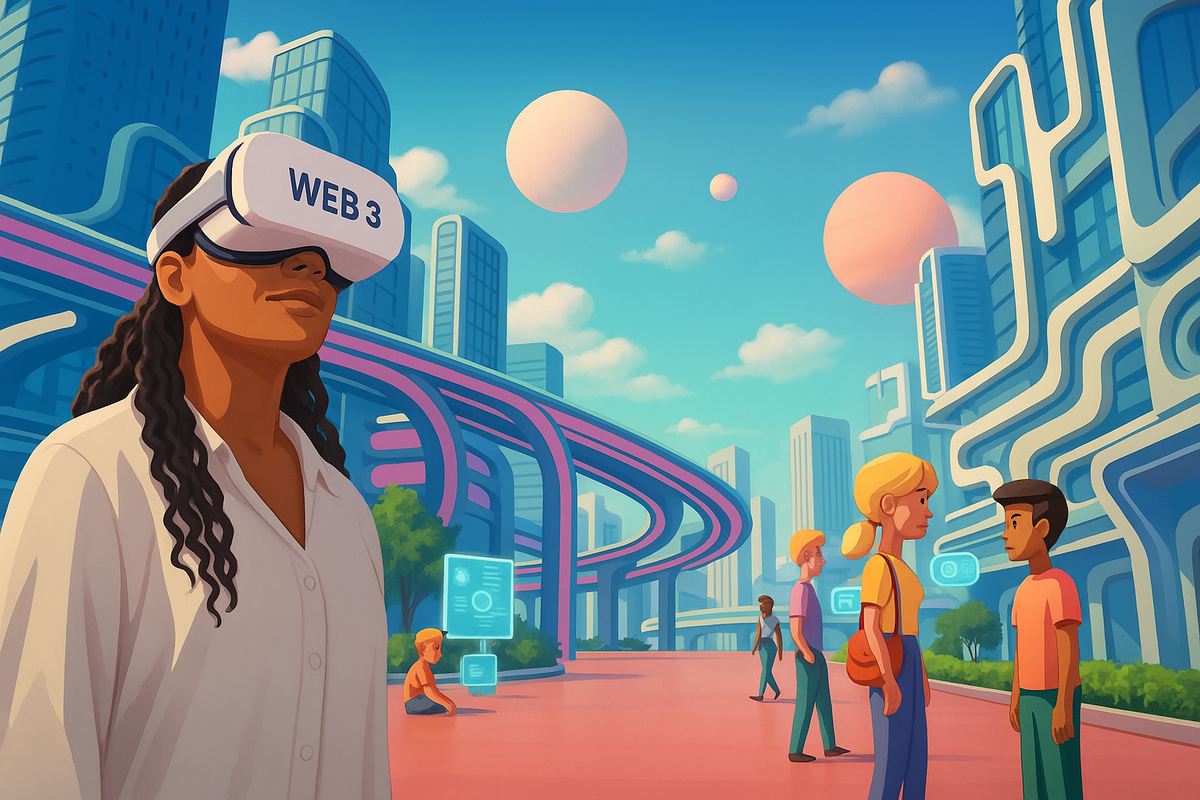
The internet is at the cusp of a historic transformation, one that redefines how we interact, transact, and trust online. For decades, the digital world has been shaped by centralized entities that have controlled data, monetized attention, and dictated the terms of engagement. This model, although efficient, has raised significant concerns regarding privacy, censorship, and monopolization.
Enter Web3; the next evolution of the internet. Powered by blockchain technology and rooted in decentralization, Web3 proposes a radically different structure: one where power shifts from corporations to communities, from platforms to people. It promises a world where users own their data, digital assets are truly sovereign, and collaboration happens without intermediaries.
But to truly appreciate the magnitude of this shift, we must trace the internet’s evolution (from its static beginnings to today’s dynamic platforms) and understand how Web3 brings us full circle: back to openness, but this time, with empowerment.

Lessons from the Dawn of the Web
Web 1
Before Web 3, there was Web 1, which is also known as “The Static Web.” This era basically began the creative process of the World Wide Web as we know it. During this era, the internet was characterized by static pages, limited interactivity, and simple designs. It was a time of experimentation, a fertile ground for innovation, and a period where simplicity reigned supreme.
Just as Web 1 laid the groundwork for “decentralization in information” and the dynamic interactive experiences we enjoy today, it showcases that the initial stages of creative endeavors often begin with straightforward ideas. These foundational concepts, though basic, serve as the bedrock upon which more complex and refined innovations are built.
Enter Web 2.
Also Read: Mitosis: Revolutionizing Blockchain with Cosmos SDK and CometBFT Consensus
Web 2
The Web 2 era followed up shortly after, creating a “Read-Write Web” which was characterized by enhanced interactivity, user-generated content, and social connectivity. This era is dominated by tech giants such as Google, Amazon, and Facebook, amongst others, which have helped create a more user-centric approach towards creating and accessing content. This further created a move towards decentralization by enabling users to interact with the web and also create search queries to further enhance visibility.
Enter Web 3.
Also Read: Exploring How Mitosis Programmable Liquidity Could Enable DeFi to Rival TradFi in Scale
Web 3
Web 3 showcases decentralization in its purest form through the integration of blockchain technology. Here we see a new era of the Internet that aims to decentralize control and give more power back to individuals.
Web3 introduces new concepts like:
Blockchain technology: a decentralized, distributed ledger that records transactions across multiple nodes (computers) in a way that ensures the security, transparency, and immutability of the data. It is the foundational technology behind cryptocurrencies like Bitcoin and Ethereum, amongst many others, but its applications extend far beyond digital currencies.
Smart Contracts: self-executing contracts with the terms of the agreement directly written into code. These smart contracts help facilitate peer-to-peer interactions without the need for third-party intermediaries.
Decentralized Applications (DApps): applications that run on a decentralized network, using smart contracts and blockchain technology. These DApps leverage a distributed ledger technology to provide various functionalities in a peer-to-peer manner.
All these are what have helped form the basis of the Web 3 era by providing a more decentralized way of interacting with the web.
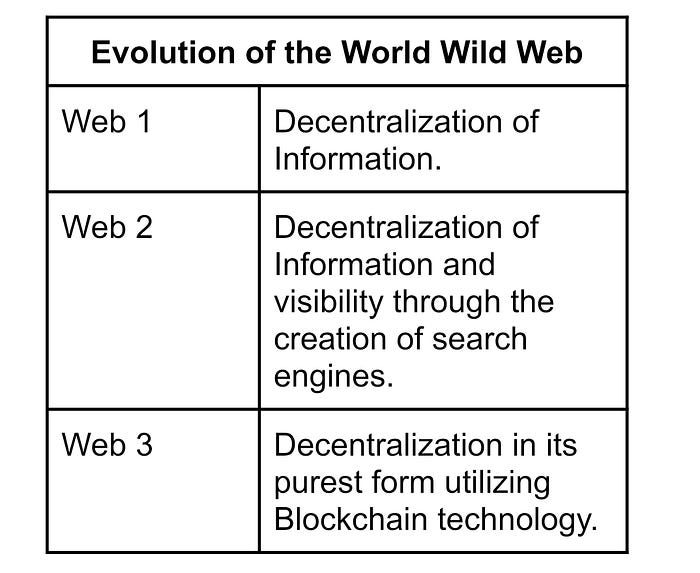
Also Read: Rethinking Liquidity Provision: How Mitosis Reshapes Capital Deployment in DeFi
Web 3 Decentralization’s Impact on Society and Economy
The advent of Web 3, characterized by its emphasis on decentralization, brings about a transformative shift in both societal structures and economic landscapes. Web 3 introduces a decentralized paradigm that empowers users, enhances privacy, and fosters new forms of digital interaction and economic activity. By leveraging blockchain technology, decentralized applications (DApps), and smart contracts, Web 3 promises to redefine how individuals and institutions engage online.
This new era not only aims to enhance user control and security but also seeks to disrupt established business models, offering innovative opportunities for economic growth and collaboration. Web 3 has the potential to bring several transformative benefits to the real world, enhancing various aspects of everyday life.
Also Read: MORSE: Redefining Digital Companions Through DN404
Here’s a concise exploration of its specific benefits and how it can be integrated into daily activities:
1 . Enhance, Privacy, and Security
Web 3 technologies offer improved privacy and security through decentralized networks and cryptographic techniques. Here, Individuals can manage their data through decentralized identity solutions like ontology, decentralized Identifier (like wallet address), and U-port, reducing the risk of data breaches and misuse.
2. Greater Control and Ownership
Users have greater control over their digital assets and personal information. Just as an email address uniquely identifies an individual on Web 2 platforms, a wallet address uniquely identifies a user on Web 3 platforms.
Web 3 wallet addresses can serve as decentralized identifiers (DIDs) that users can control, enhancing control and ownership. Individuals can also own and trade digital assets such as NFTs (non-fungible tokens) that represent ownership of art, music, or collectibles.
3. Financial Inclusion and Accessibility
Web 3 can democratize access to financial services, making them available to underserved populations. Individuals can leverage Decentralized Finance (DeFi) platforms like UniSwap, Compound, and Yearn Finance to access financial services such as lending, borrowing, and trading without traditional banks, using decentralized platforms.
4. Crypto Payments
Cryptocurrency can be used to streamline transactions with lower fees and higher efficiency, facilitating micro-payments for services. Crypto payments can help eliminate intermediaries, reduce transaction fees, and streamline processes.
Businesses can conduct transactions directly with customers using cryptocurrencies, reducing payment processing fees and transaction times. International transactions can also be completed more quickly and affordably, bypassing traditional banking systems.
5. Transparency & Accountability
Decentralized systems provide transparency and accountability through immutable records and open-source development. In supply chain management, consumers can track the provenance of goods and verify their authenticity through blockchain-based supply chain solutions like IBM Food Trust, VeChain, and Everledger.
6. Innovative Governance and Collaboration
Web 3 enables new forms of governance and collaborative decision-making through decentralized autonomous organizations (DAOs). Community projects, both local and online, can use DAOs to manage projects, fund initiatives, and make collective decisions.
In a corporate governance structure, re companies can adopt decentralized governance models to involve stakeholders in decision-making processes.
Also Read: How to Add Liquidity to Mitosis Vaults and Support Ecosystem-Owned Liquidity (EOL)
Bottom Line
As Web3 continues to unfold, it’s becoming increasingly clear that this isn’t just another tech trend; it's a foundational shift in how value, identity, and governance are structured in the digital age. By enhancing privacy, promoting ownership, democratizing finance, and enabling transparent governance, Web3 is laying the groundwork for a more equitable and resilient internet.
These changes will not only affect the way we interact online but also reshape economies, redefine employment, and reimagine citizenship in the digital realm. As new decentralized models challenge traditional power structures, the role of is set to become more active, empowered, and essential.
But the road ahead isn’t without obstacles. Regulatory frameworks, user education, scalability, and ethical design will all determine whether Web3 fulfills its promise or falls into the traps of the systems it aims to replace.
So the question is: will we rise to shape this next era of the internet, or simply consume it as passive observers? Because in Web3, participation is power, and the future belongs to those who choose to engage.
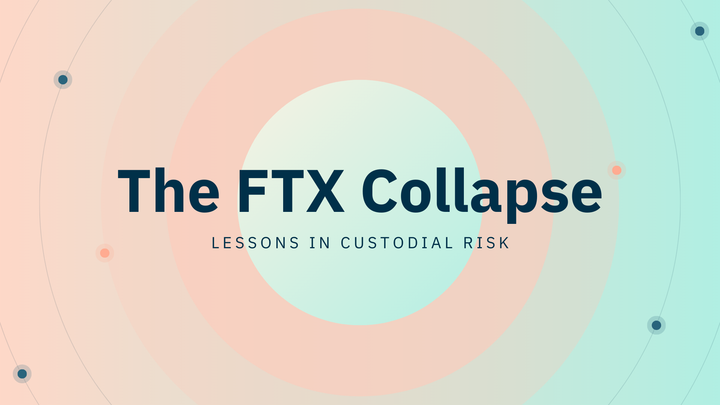
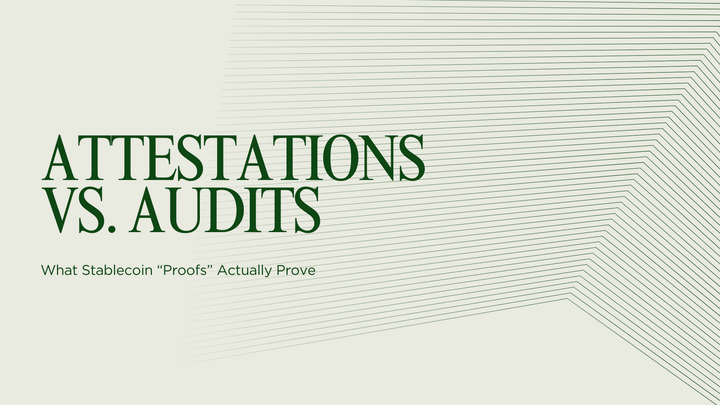
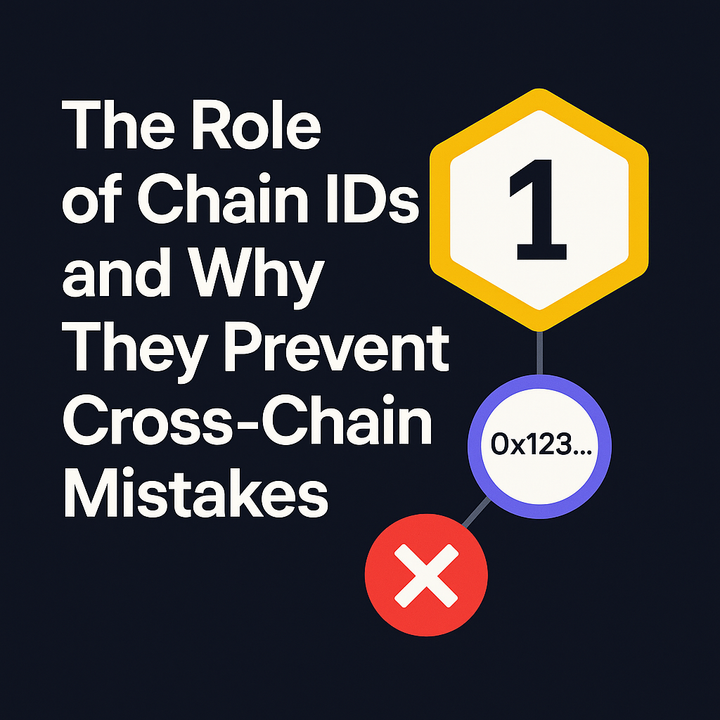
Comments ()